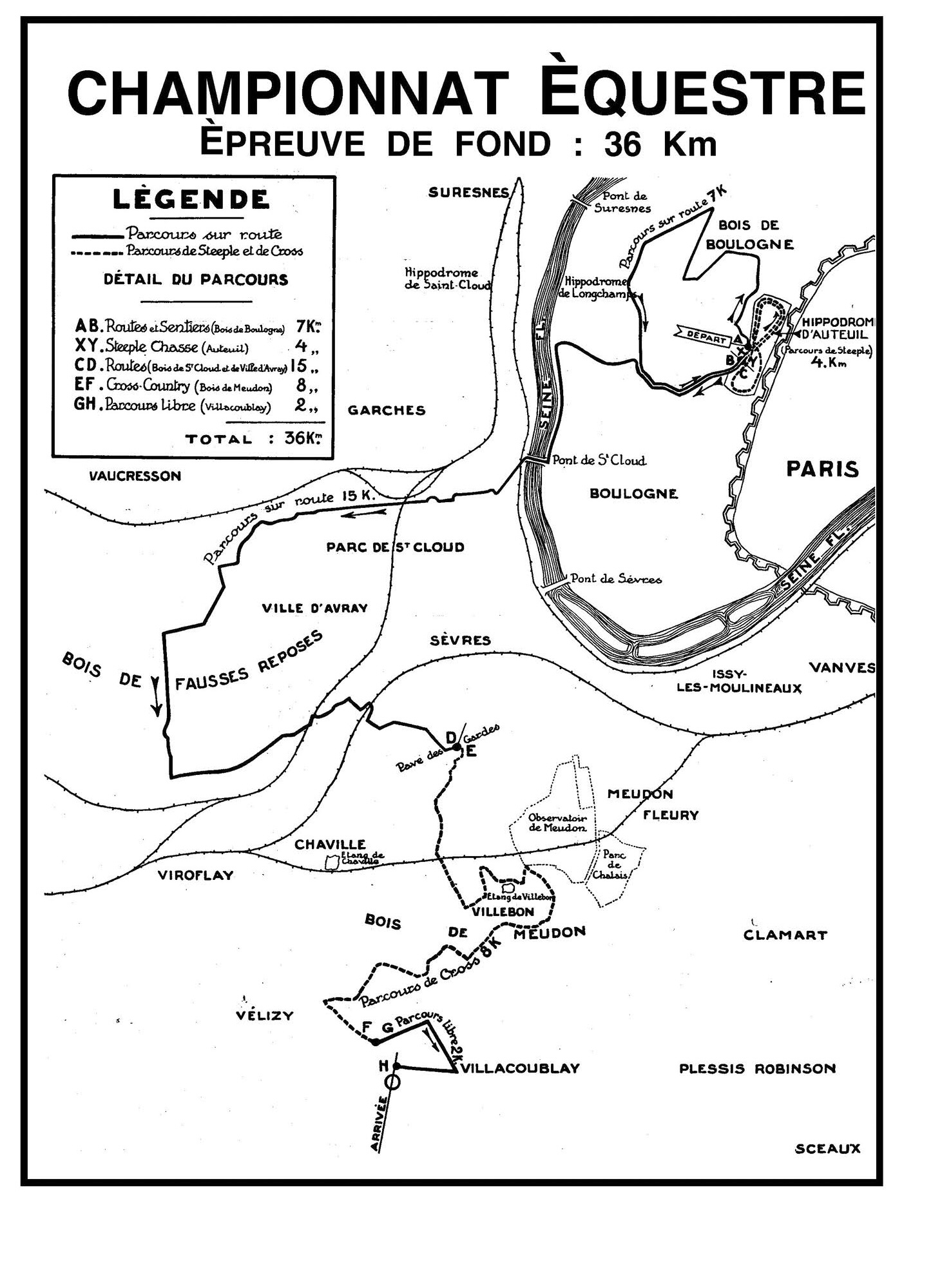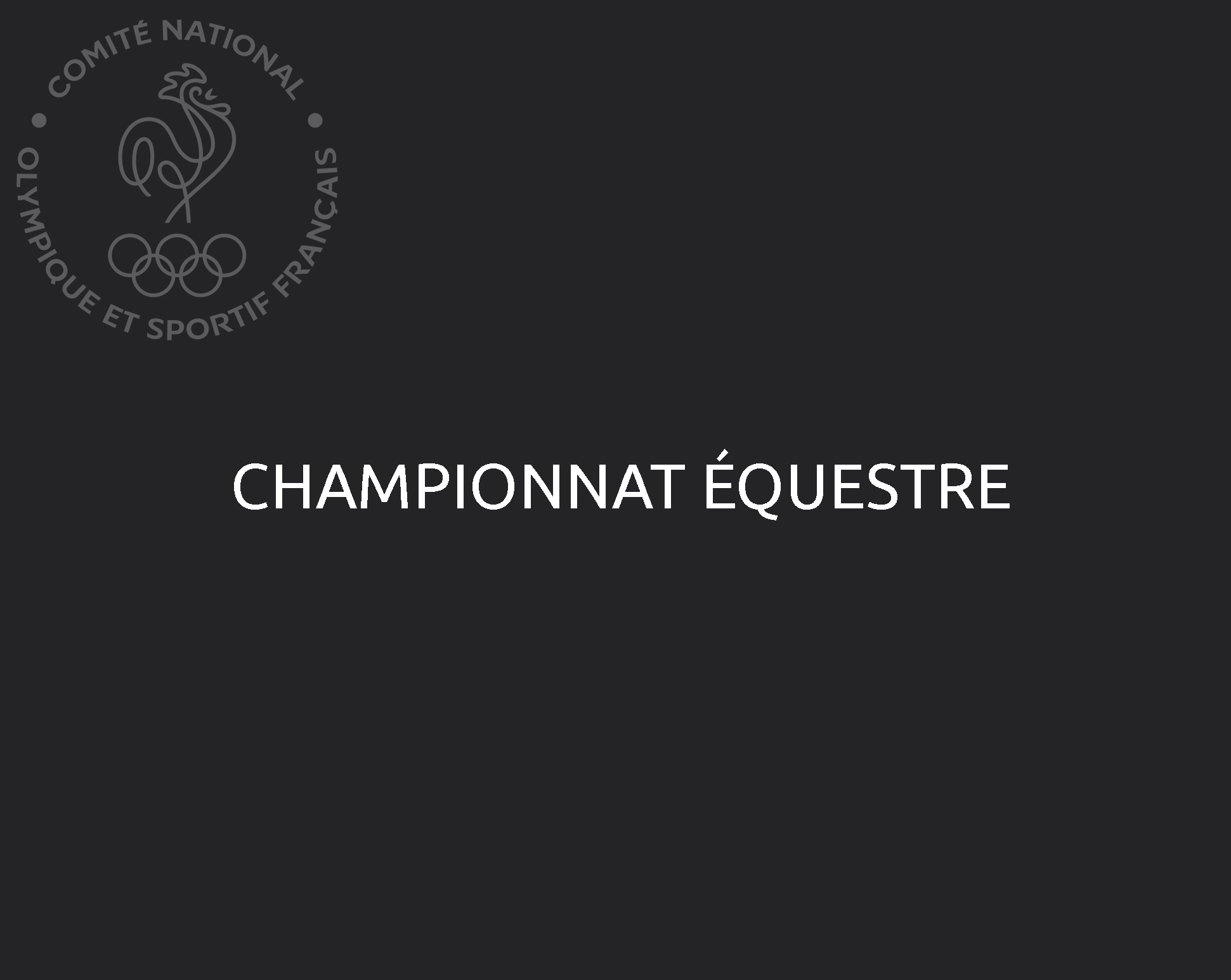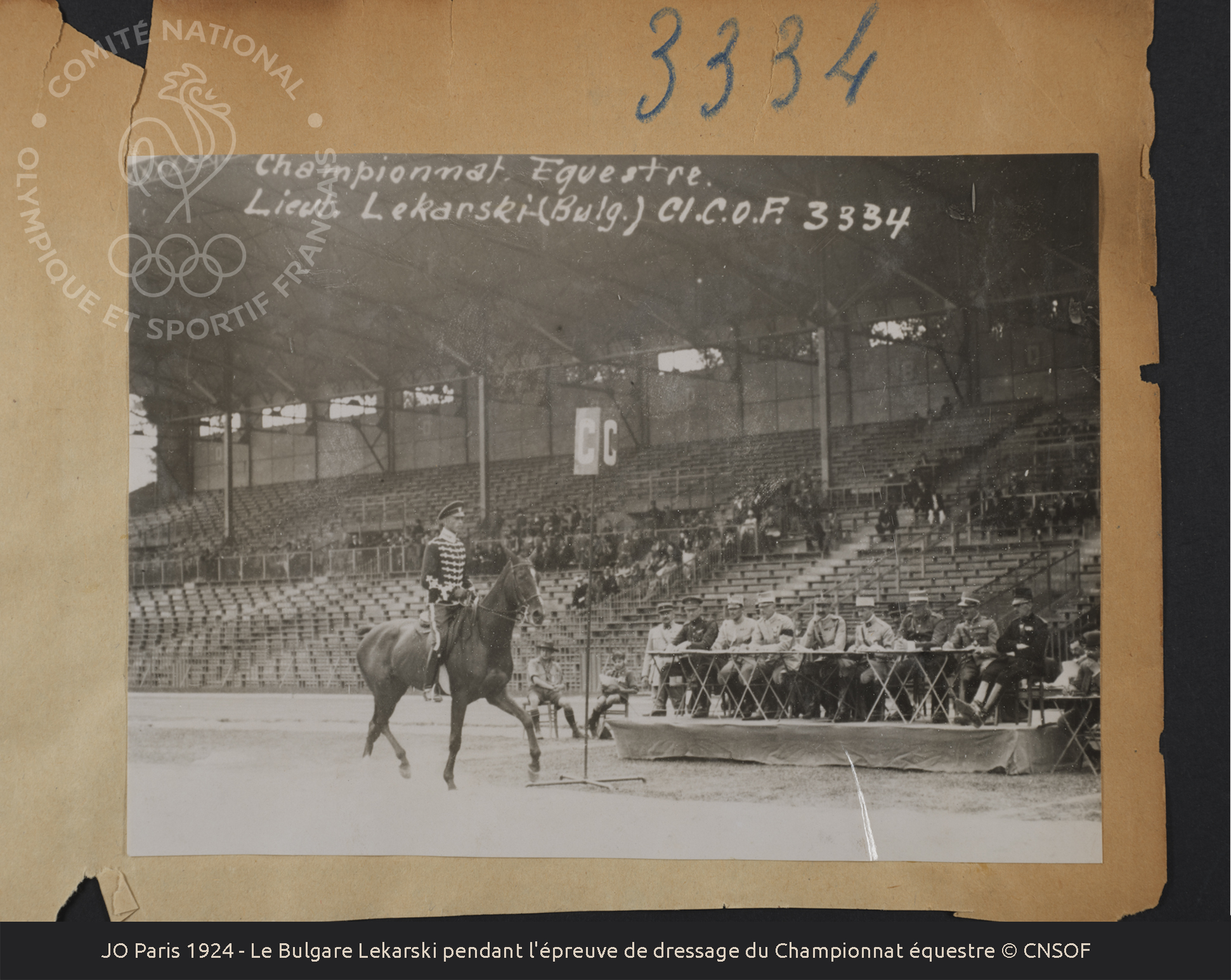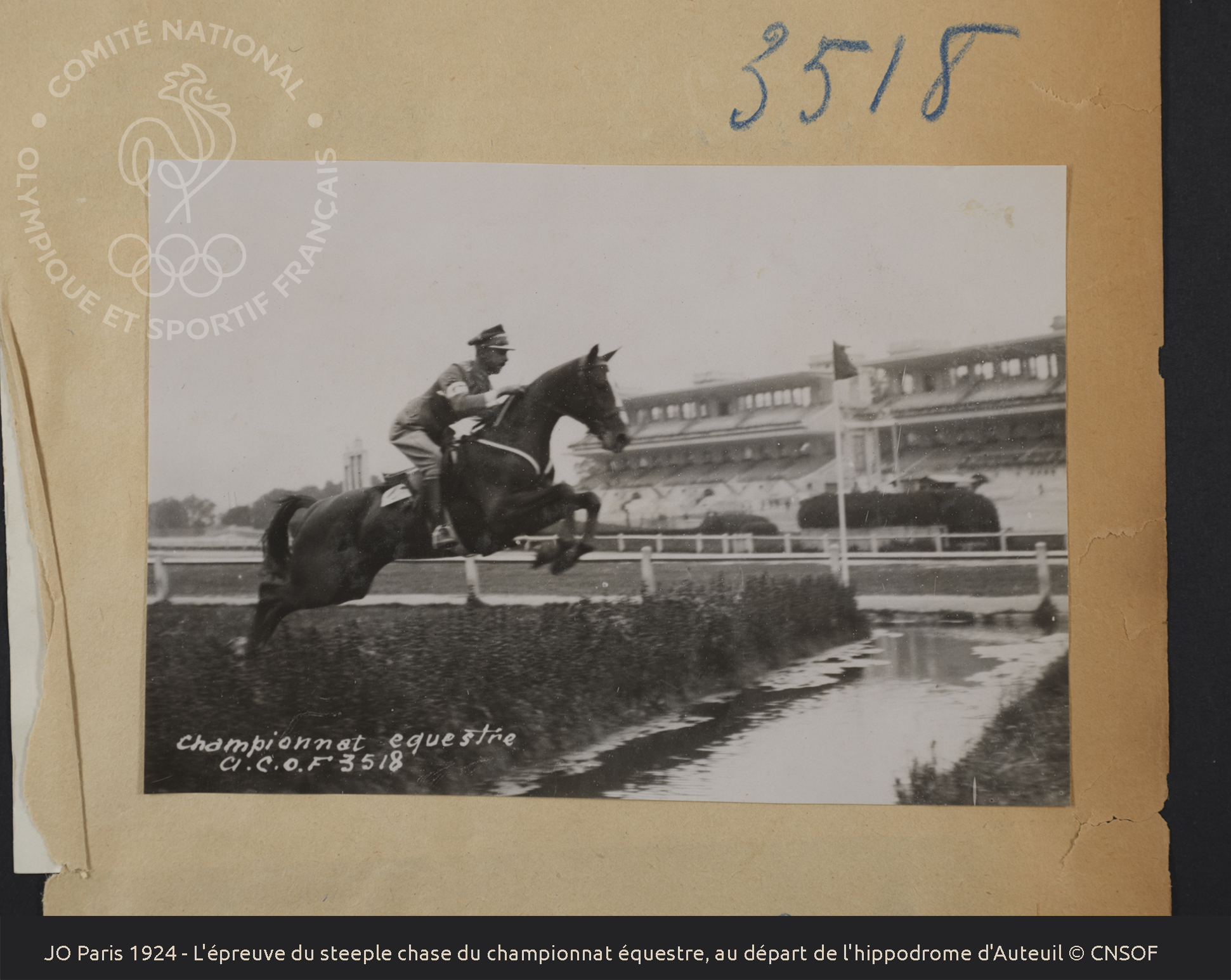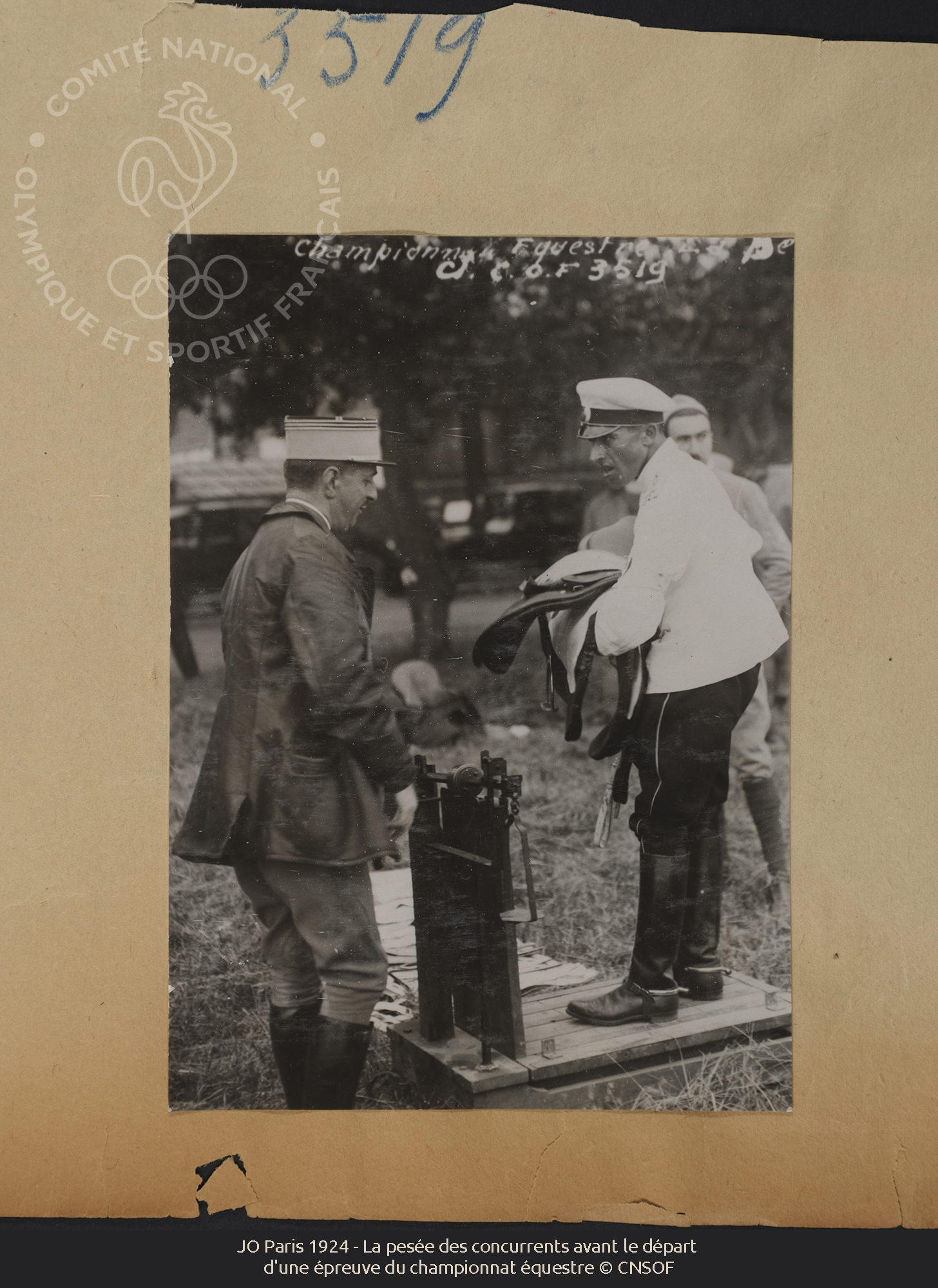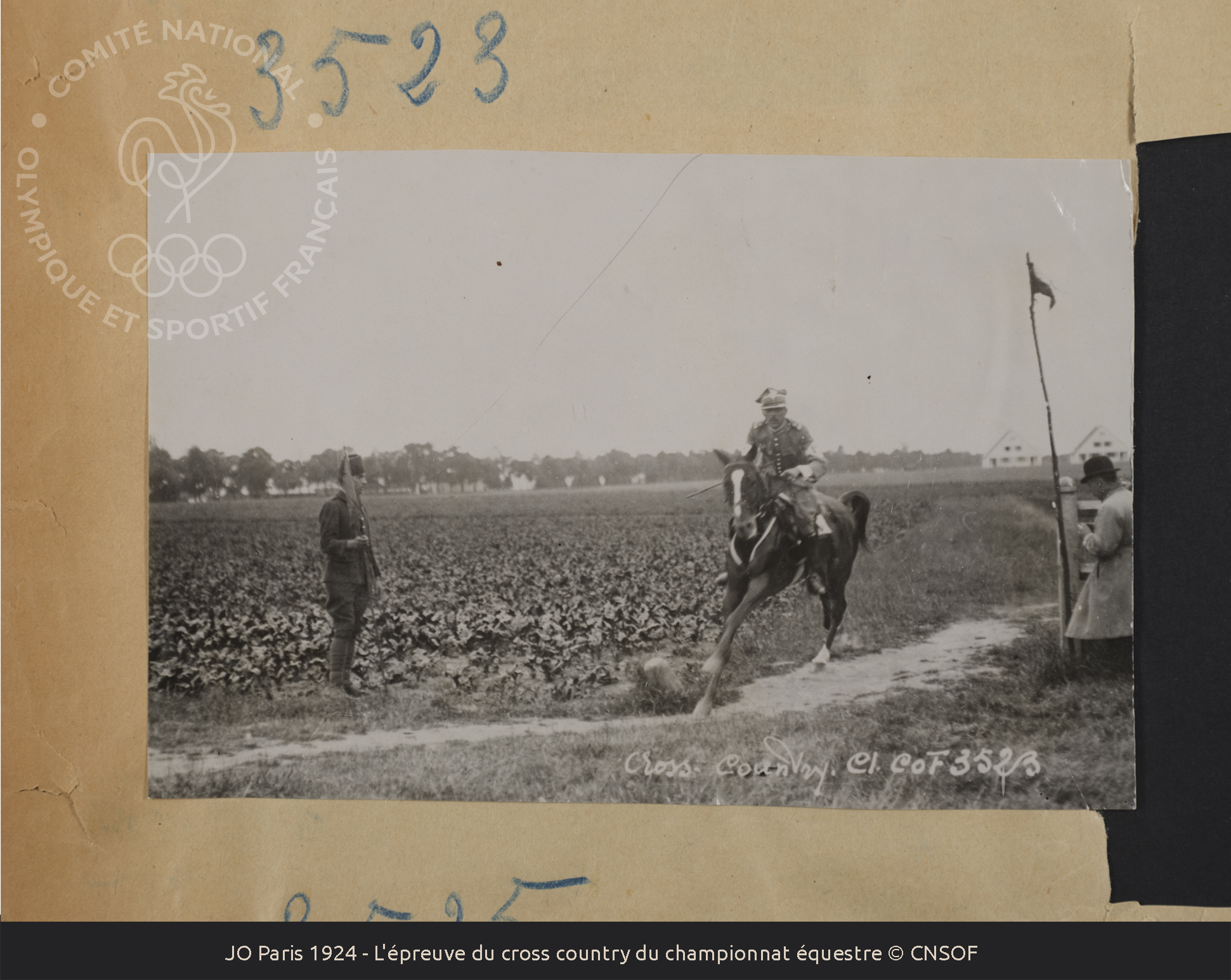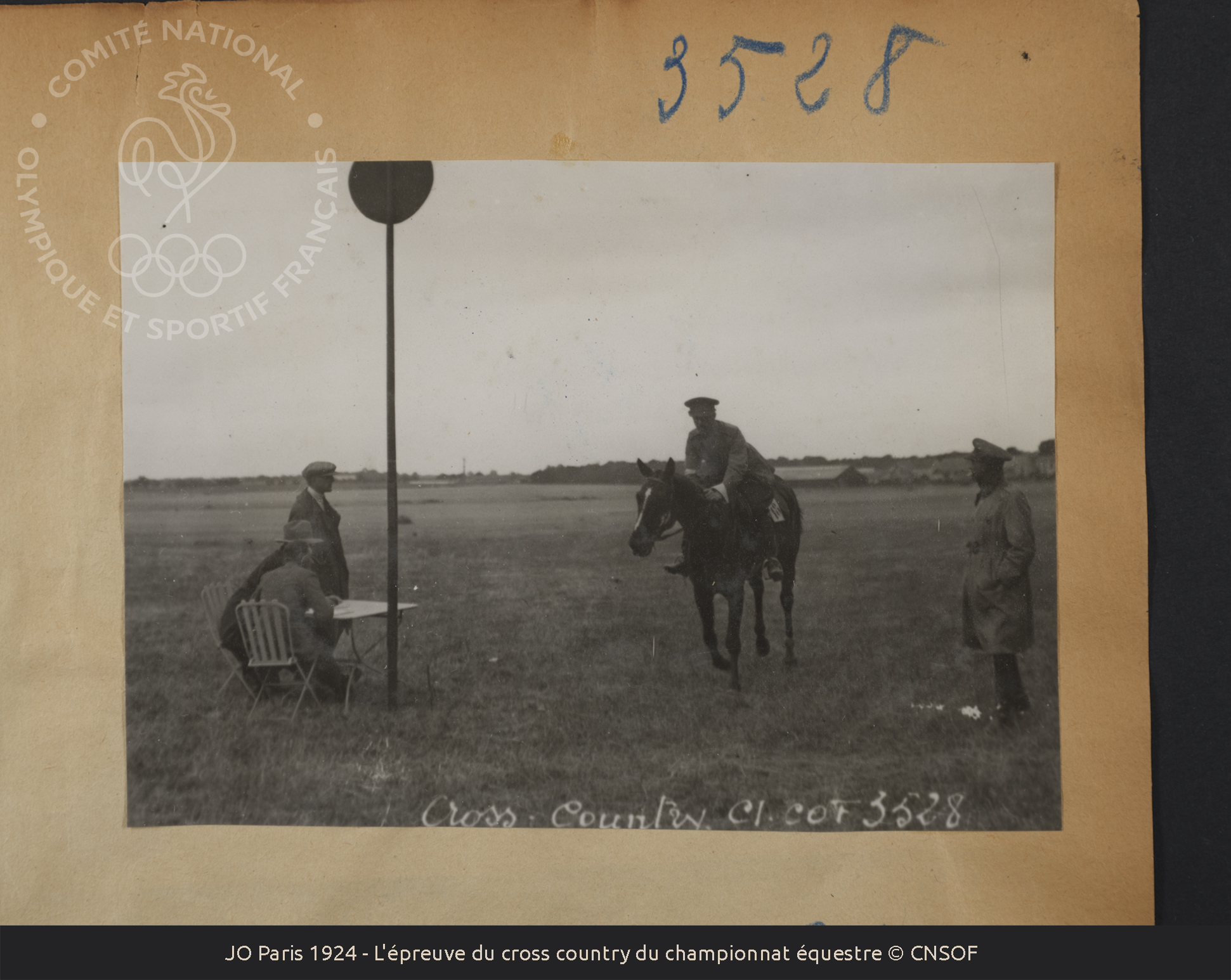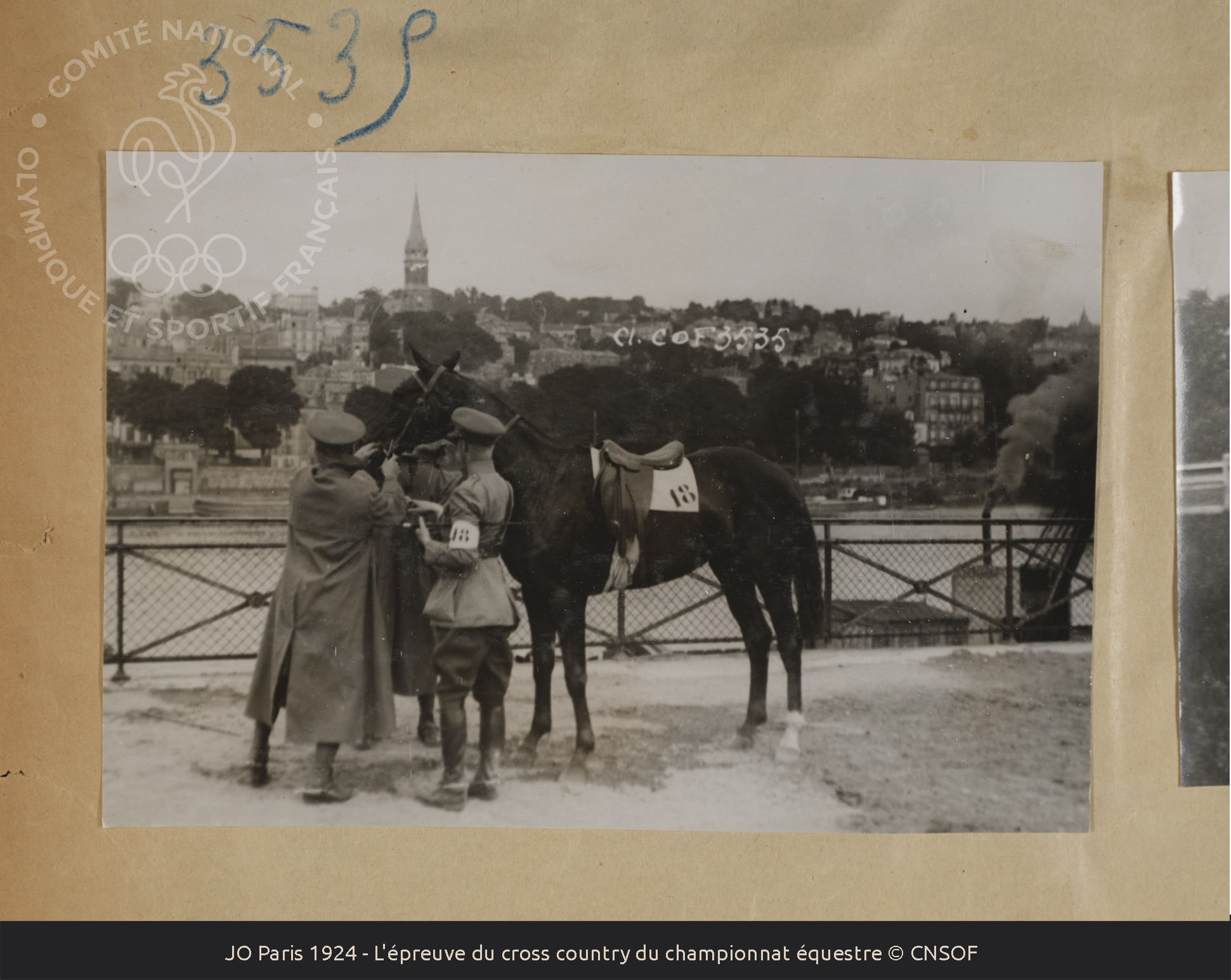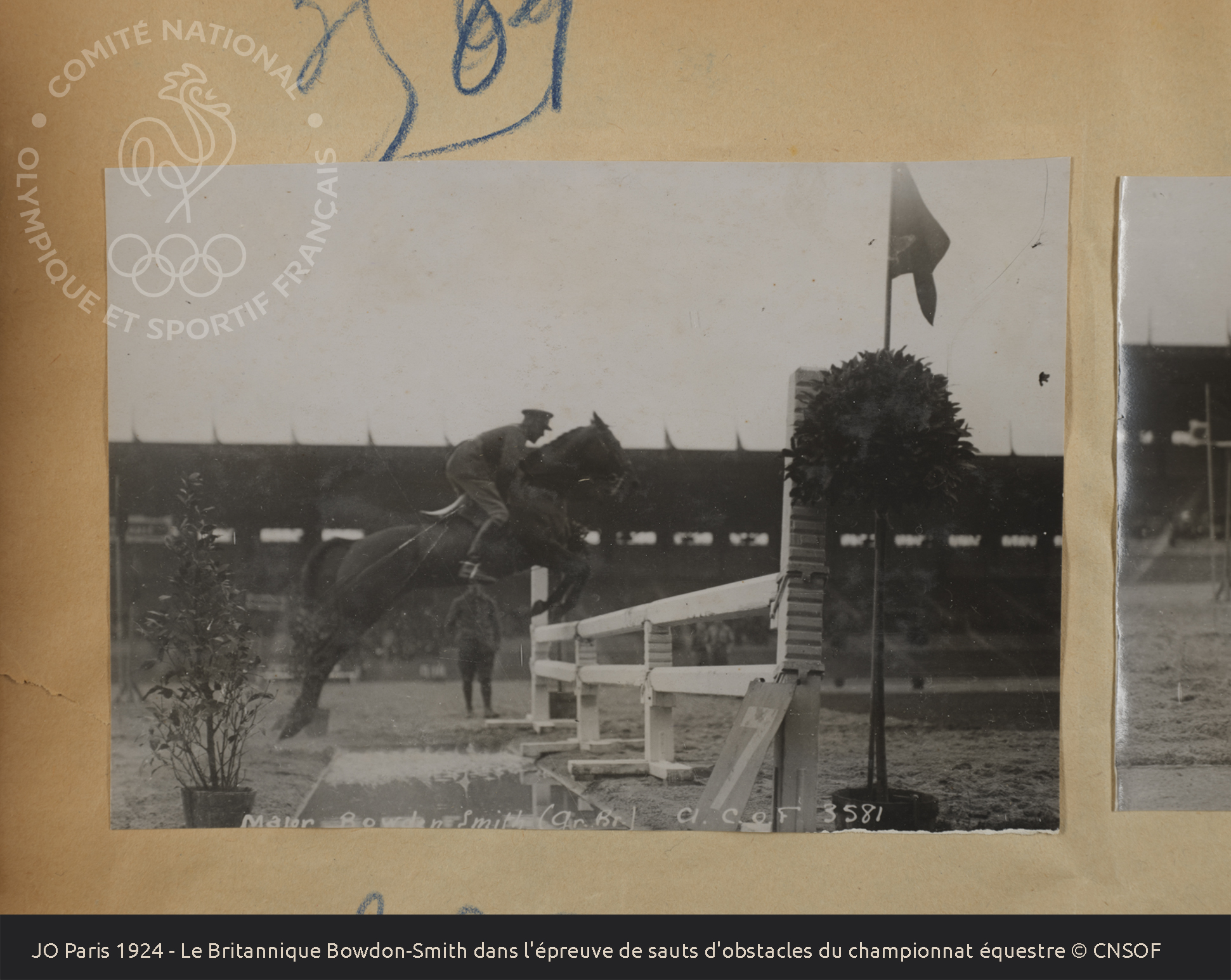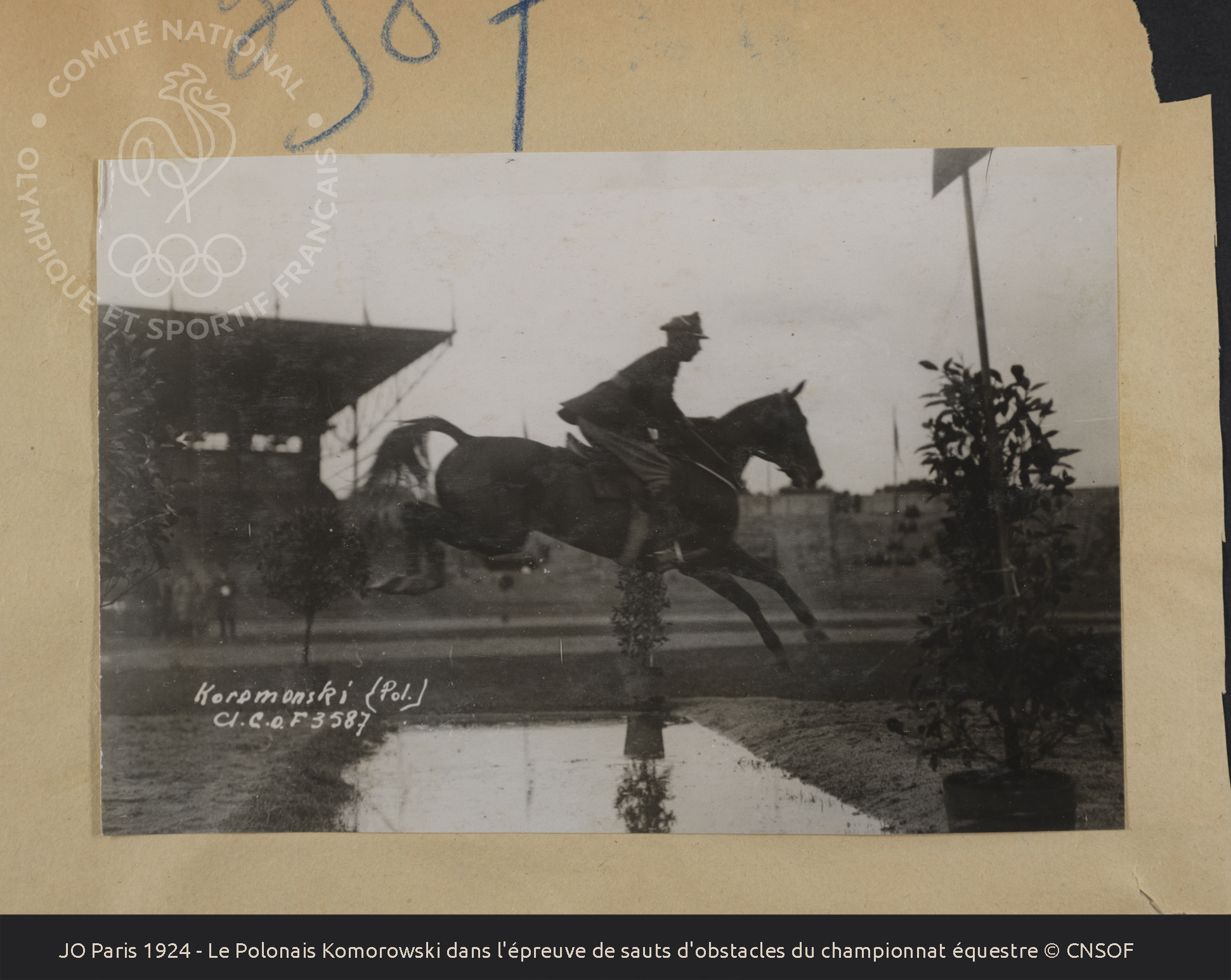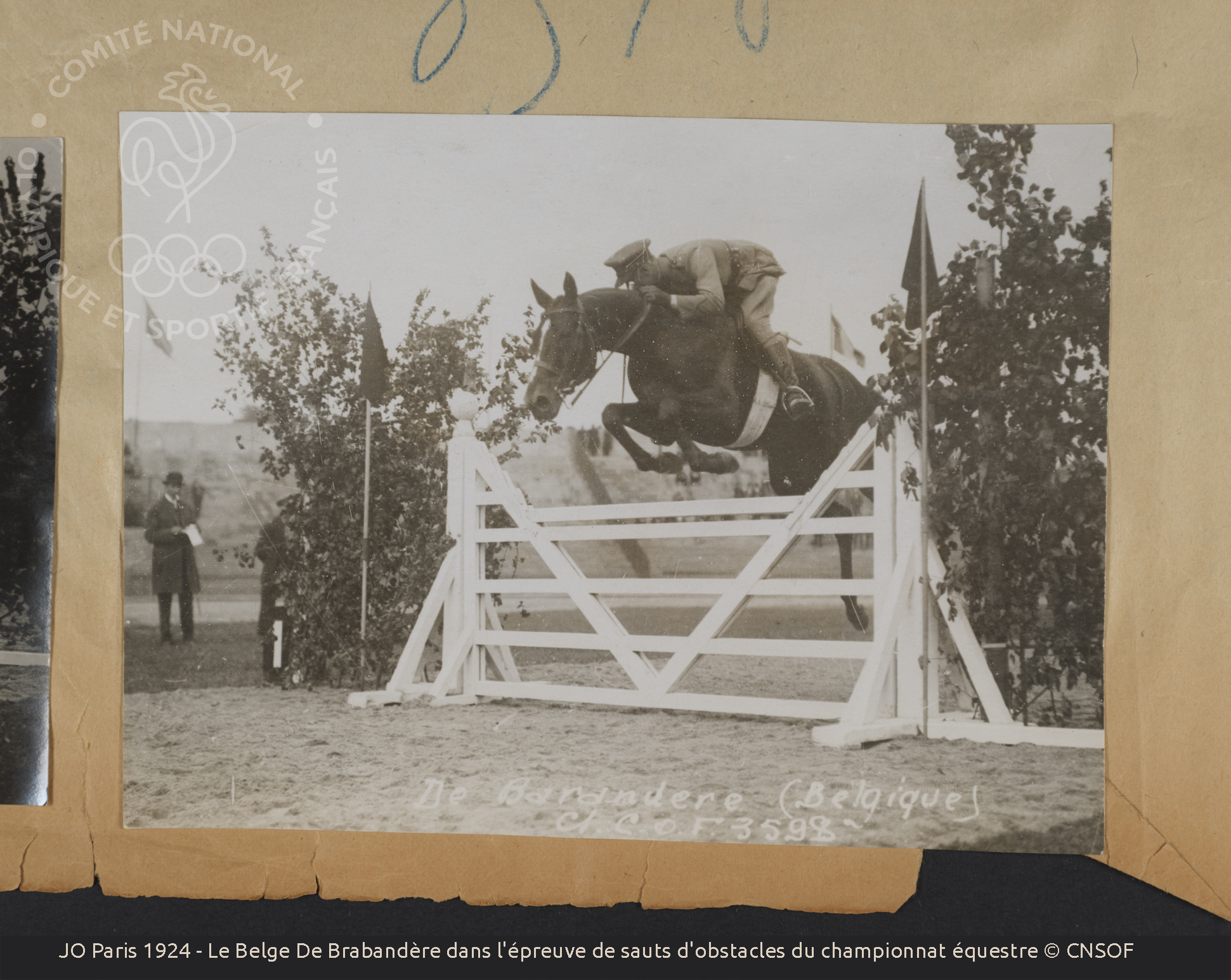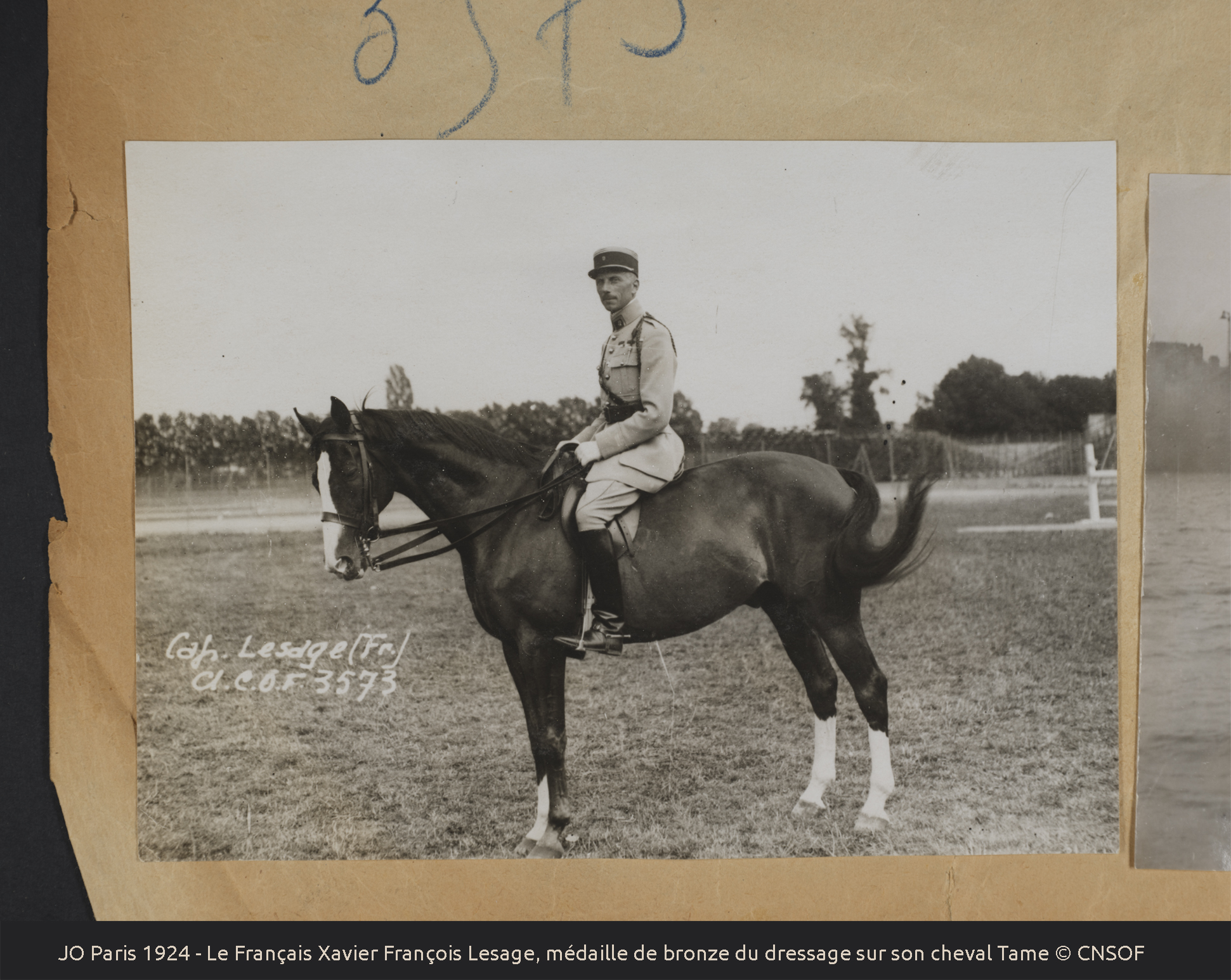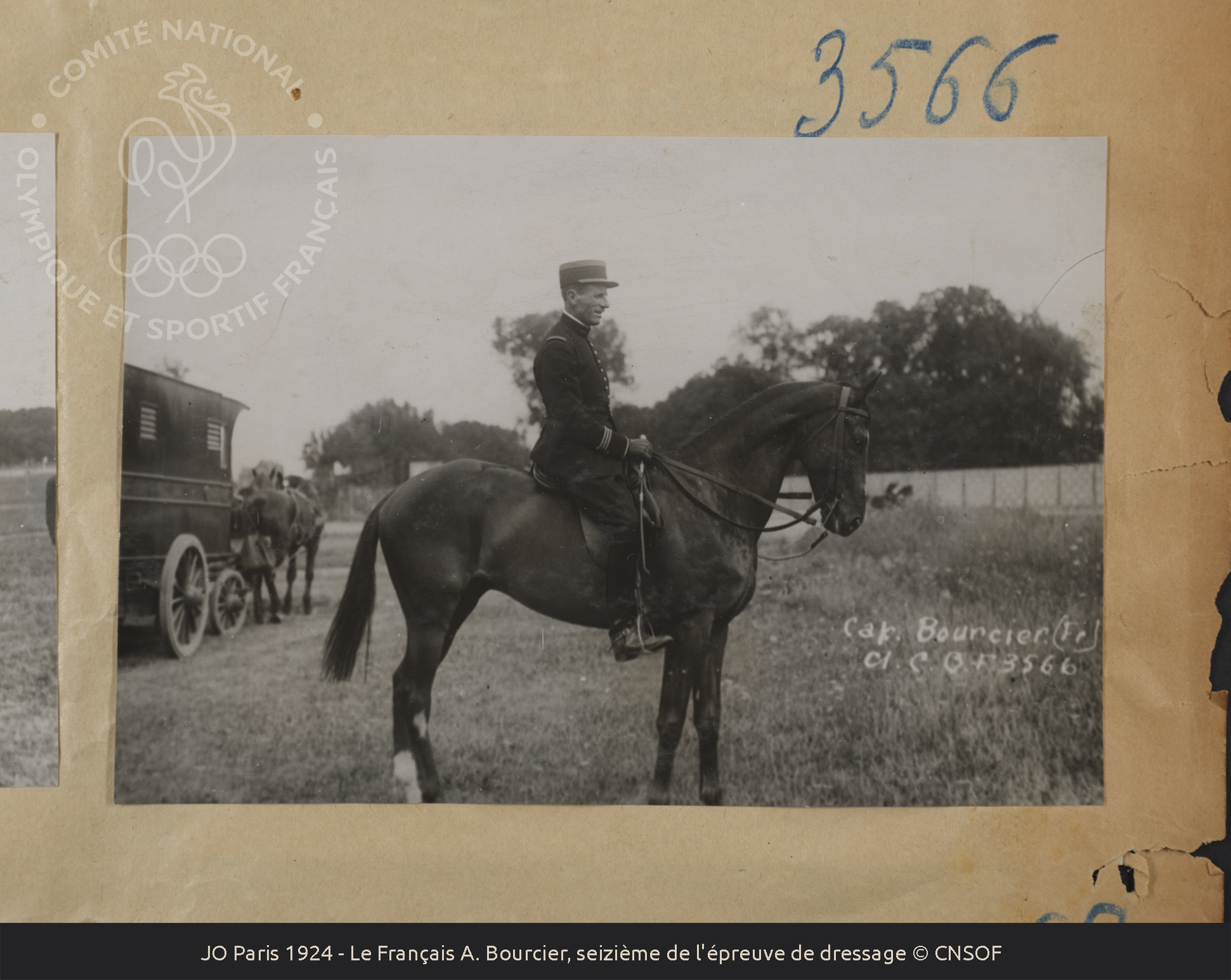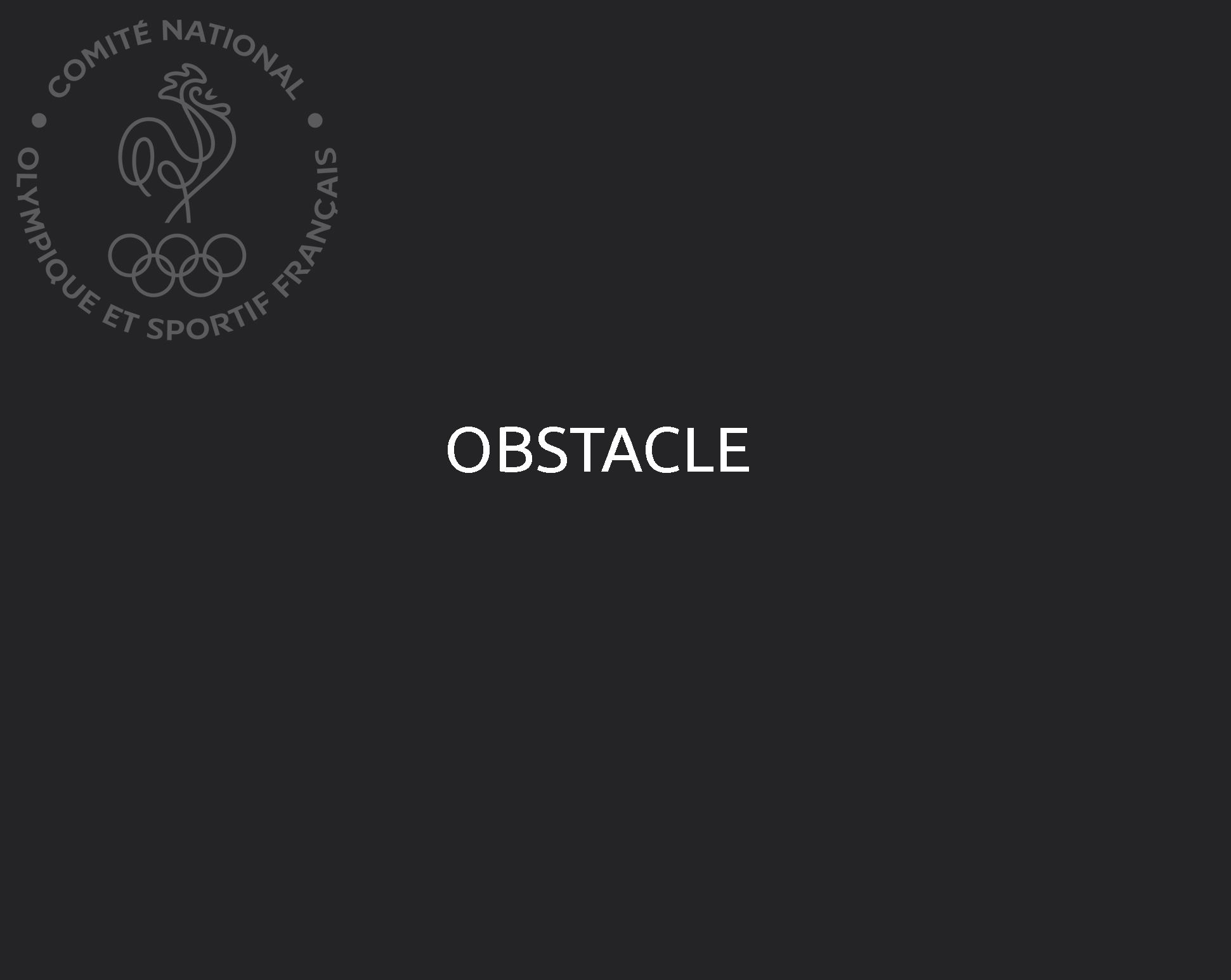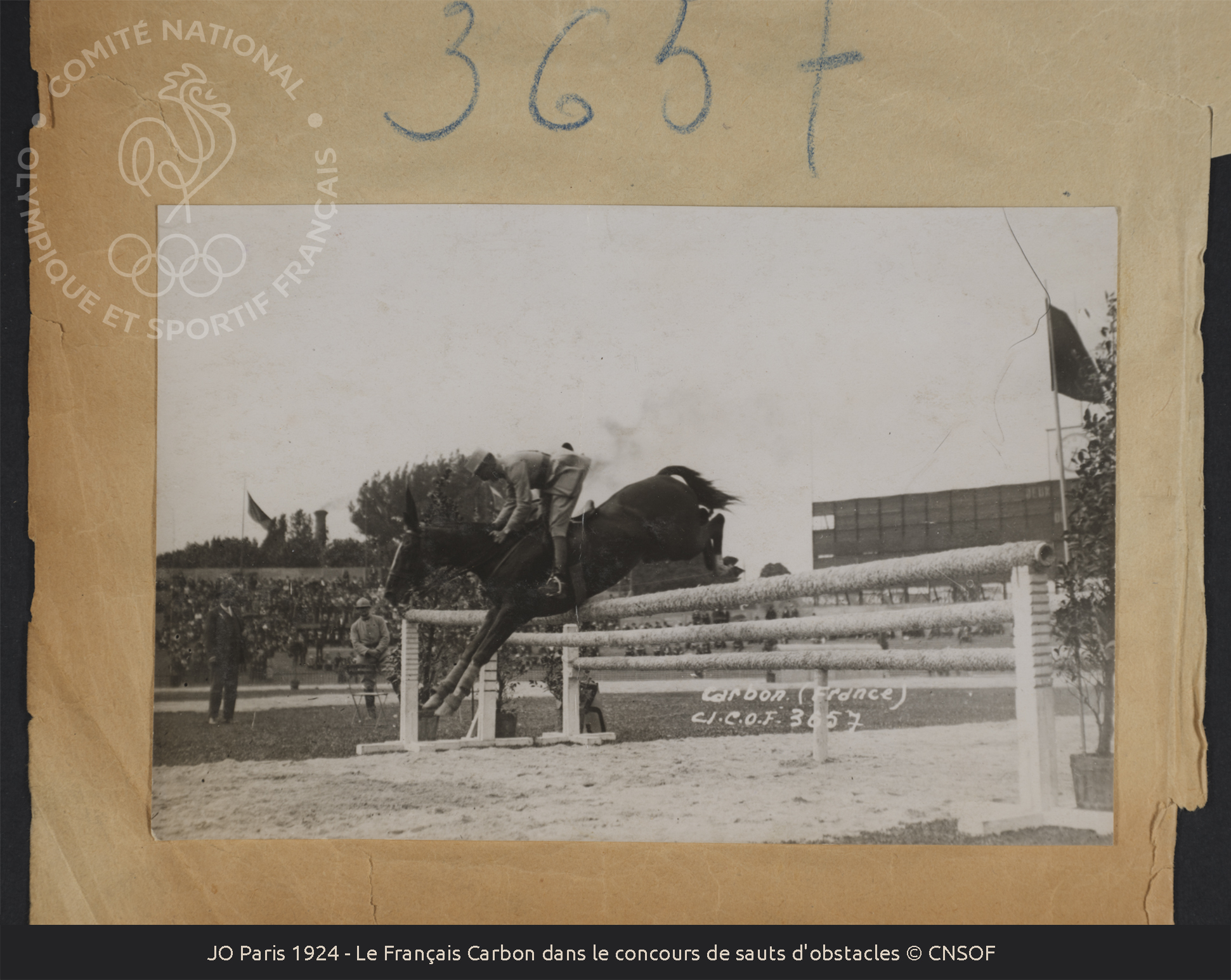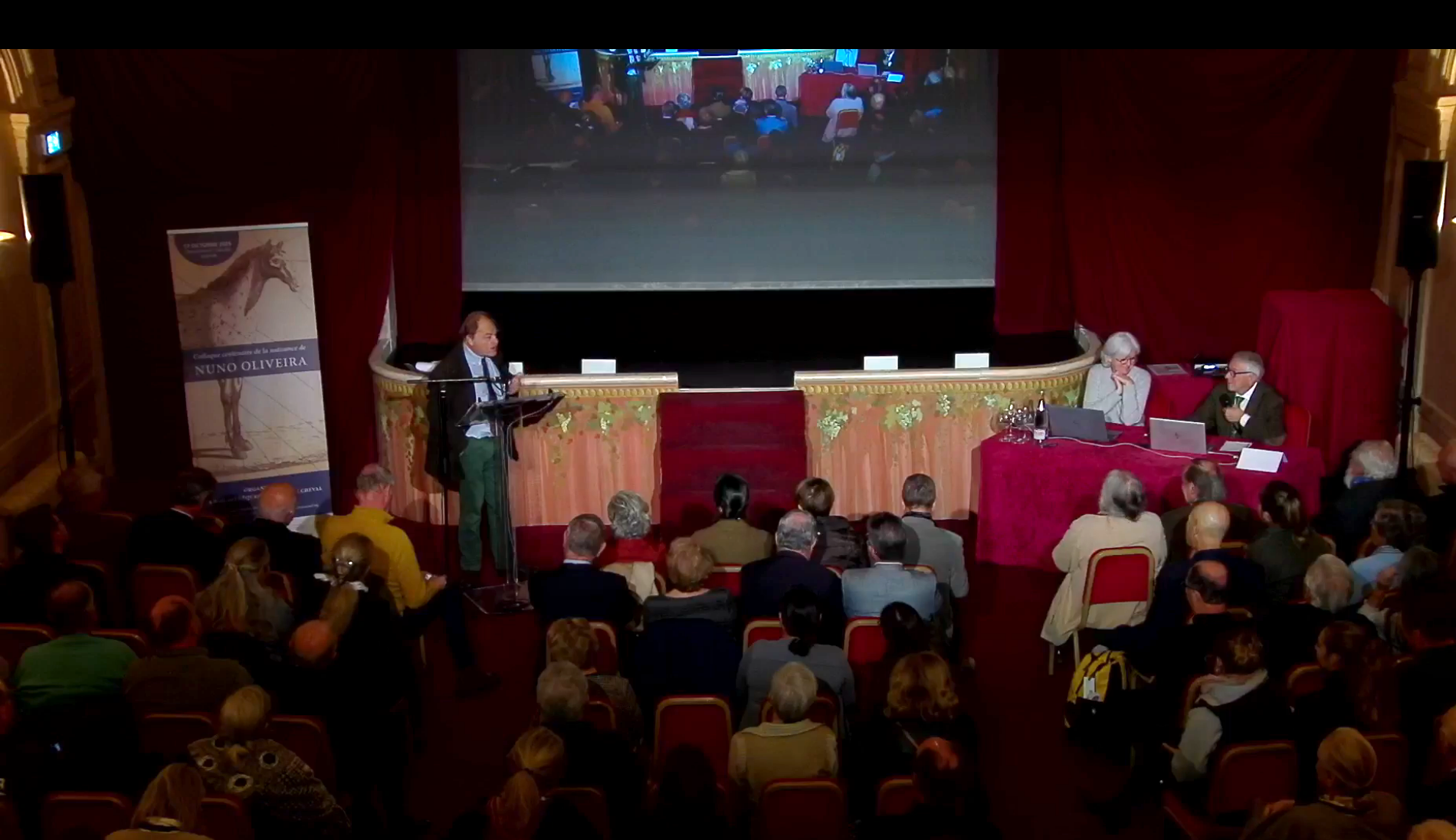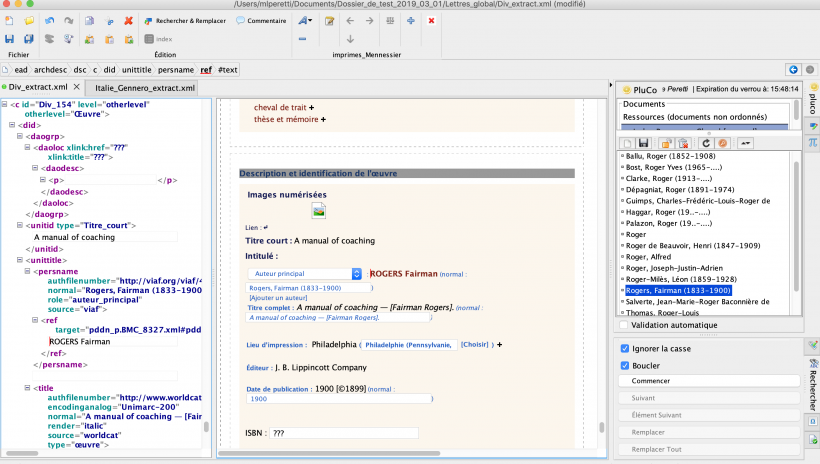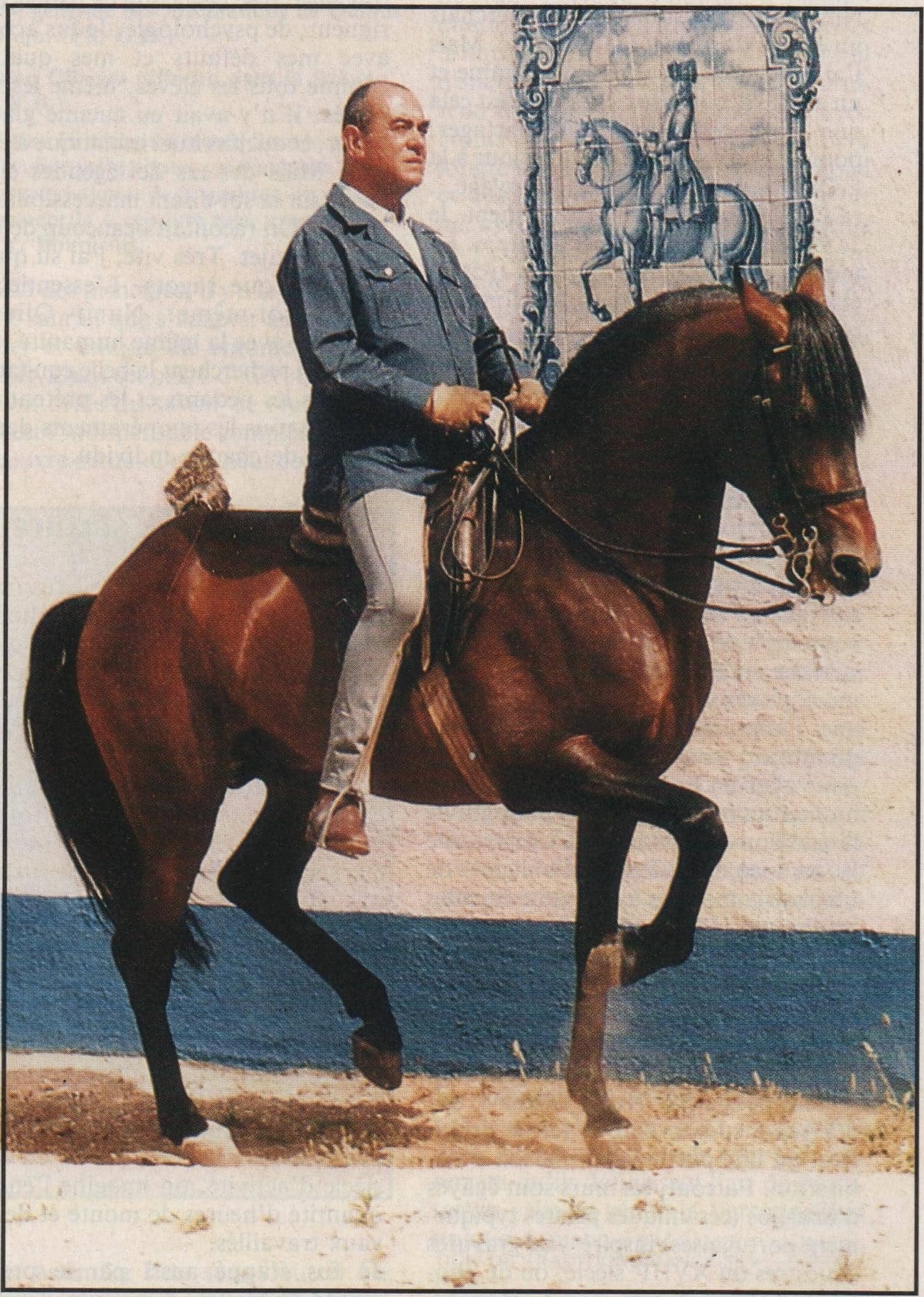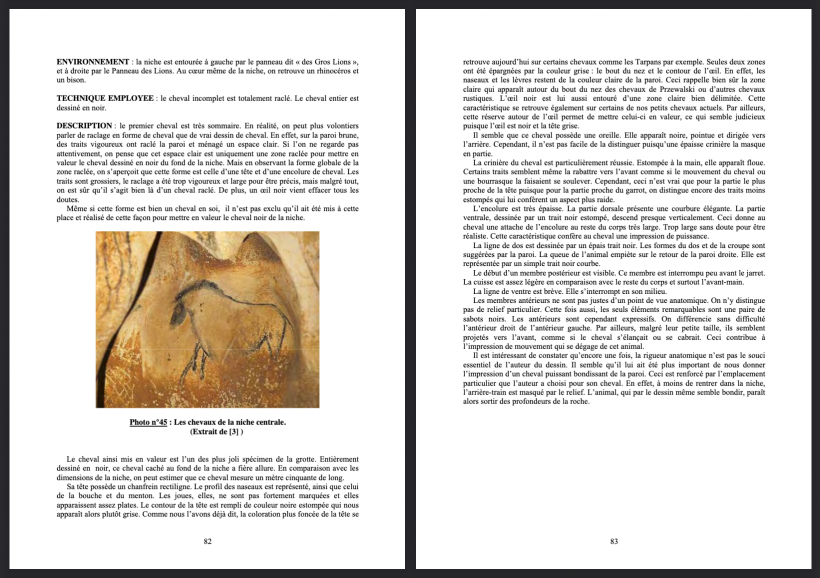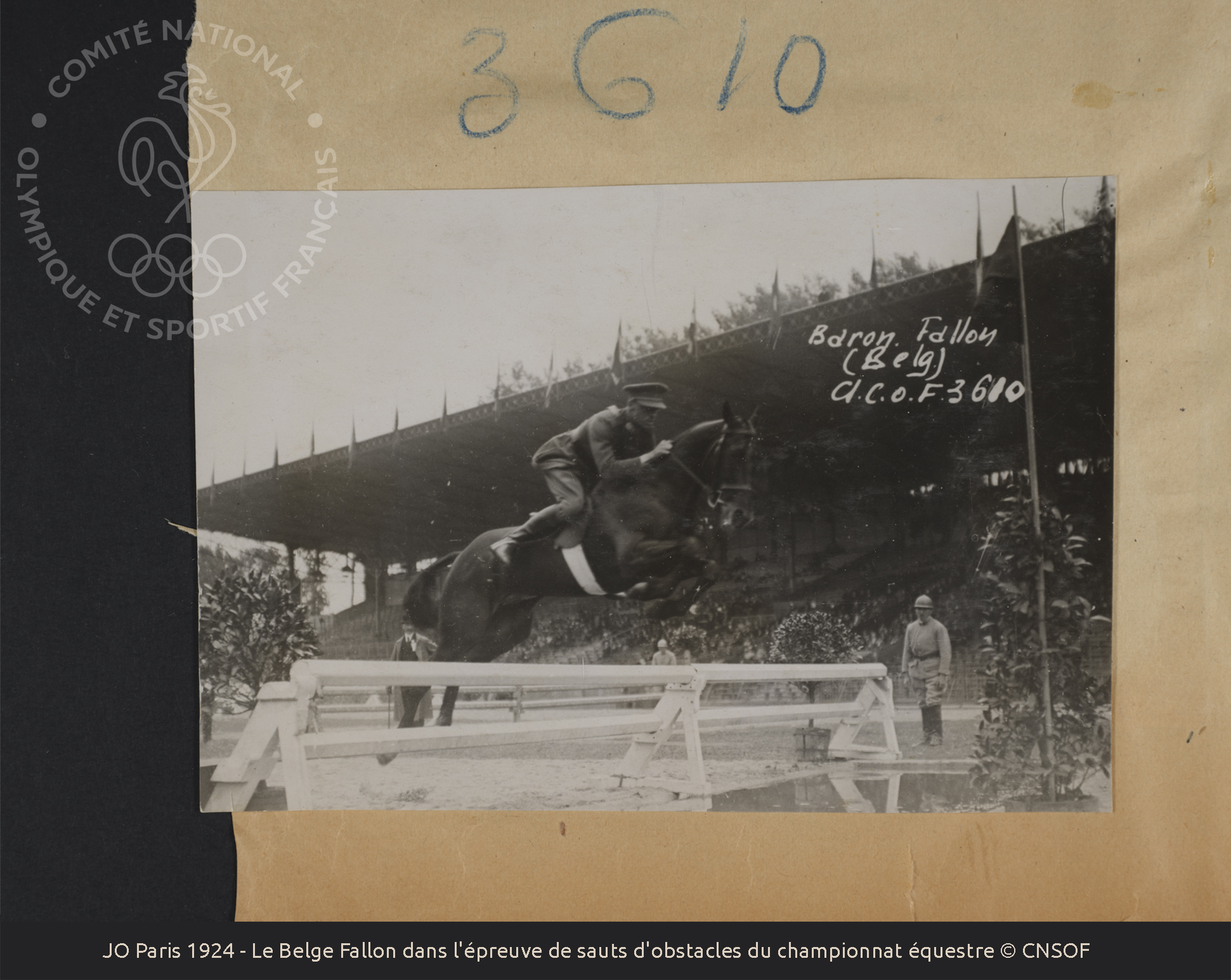
Equestrian sports at the 1924 Paris Olympics
The VIII Olympiads took place in Paris in 1924, exactly one hundred years ago. The Official Report of the Olympic Committee mentions how the equestrian events were structured over the first editions: "In 1920, Belgium revised the 1912 program. It imposed a dressage competition that allowed the quality of real riders to be highlighted. It made, in the Championship, a simpler dressage revival and codified the way of judging dressages, in order to avoid certain errors that had been manifested in Stockholm. Finally, at the urging of Baron de Coubertin, it created a competition for vaulting at a firm foot and at a gallop." That year, Sweden dominated dressage and Italy dominated obstacle among the seven participating nations. Vaulting was no longer included thereafter.
In order for this edition to see equestrian sports take on an expected extension, with eighteen nations and no fewer than one hundred and twenty-six horses, France and Sweden joined forces in 1921, following an international Olympic congress, to form the International Equestrian Federation. And at the end of that same year, under the presidency of Baron du Teil, the very young FEI established the bases of the three modern disciplines, dressage, eventing with its three events (dressage, long-distance event and show jumping) and show jumping (with a Nations Prize): the dressage test was simplified and no longer included changes of lead, the long-distance event, reduced to a single day without stopping, had to be launched over a distance of 36 km including 4 on a steeplechase and 8 on a cross-country course and the CSO only included twelve obstacles whose height should not exceed 1m40...
"The organization in Paris was remarkable in every way and the course of the long-distance event of the Championship can be cited as the perfect type of the genre; undulating and moving terrain, varied road and path ground, steeplechase on one of the most beautiful racecourses known, uneven cross-country courses strewn with natural obstacles across plains and woods. The riders did everything they could to showcase their tact, their knowledge of the pace and the strengths of their horses." We read in the report.
Between July 21 and 27, almost 19,000 spectators attended the events that once again established Sweden as the strong country of the moment (France would finish 10th). The places brought in nearly 100,000 Fr at the time. The Olympic stadium in Colombes was largely used for obstacle events. To do this, 1,500 m3 of sand were brought in and spread in one night to make the gymnastics track usable for the horses the next day. A feat!
CNSOF iconographic collection [SLIDESHOW]
